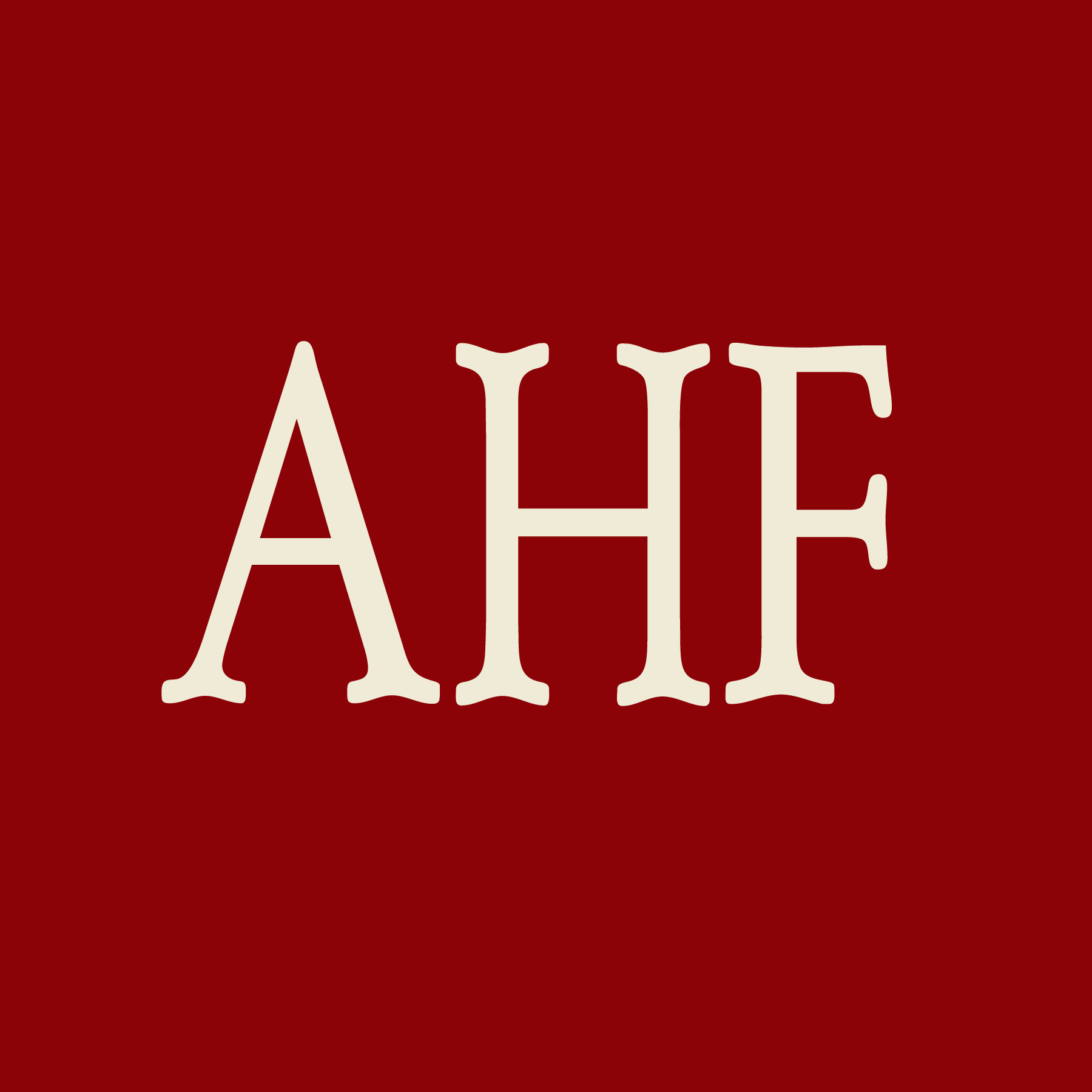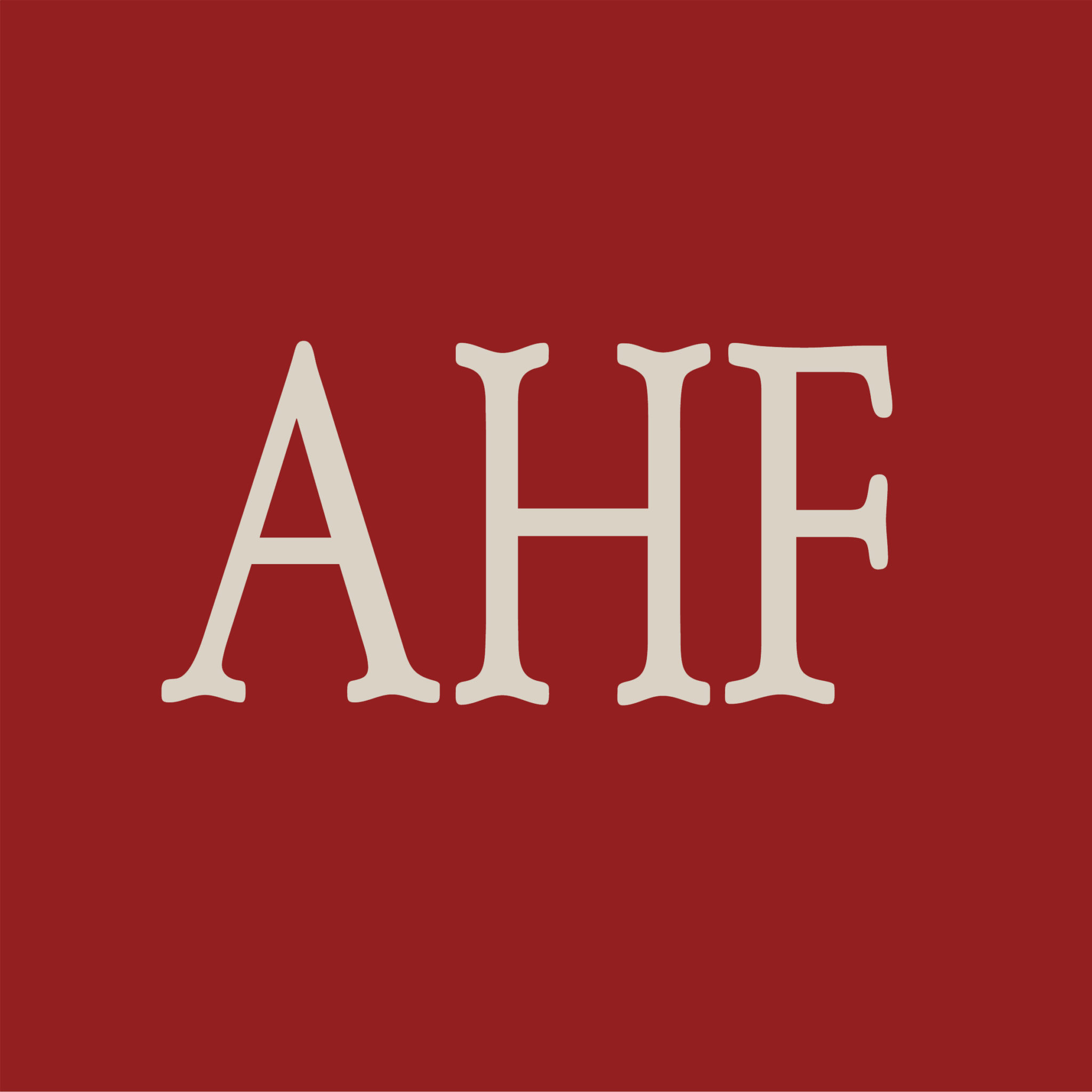Five years after FDA approval of use of HIV/AIDS treatment Truvada for pre-exposure prophylaxis (PrEP) to prevent HIV acquisition, a Viewpoint research paper in the respected journal, AIDS questions whether Truvada for a PrEP indication “… has met the CDC’s expectation to be cost-effective and scalable.”
In 2015, CDC recommended that 1.2 million people in US go on PrEP to prevent HIV infection.
Today “… there are currently only about 125,000 active prescriptions for Truvada as PrEP in the US.”
LOS ANGELES (October 7, 2017) Five years after the Food and Drug Administration (FDA) first approved the use of Gilead’s HIV/AIDS treatment medication, Truvada (tenofovir/emtricitabine), for pre-exposure prophylaxis (PrEP) to prevent HIV acquisition, a new research article in the respected scientific journal AIDS explores the U.S. Centers for Disease Control and Prevention’s (CDC) role in roll out of PrEP and asks the question: “Were We Prepared for PrEP?”
The article, “Were We Prepared for PrEP? Five Years of Implementation,” was co-authored by Michael Weinstein, AHF President; Dr. Otto Yang, MD, ScD, Scientific Director for AHF and Adam Carl Cohen, PhD, MPH, AHF’s Director of Advocacy and Policy Research, and published as a ‘Viewpoint’ article in the October 4, 2017 edition of ‘AIDS,’ an official journal of the International AIDS Society (IAS).
The paper noted that AHF, “…voiced concerns that PrEP would be difficult to implement because of healthcare barriers, have limited efficacy because of poor adherence, and increase risky sexual behaviors and transmission of other sexually transmitted infections.However, it also pointed out that the characterization that AHF was “ardently anti-PrEP” was an “inaccurate oversimplification” of AHF’s position as AHF recognizes, “There is no doubt that PrEP is highly effective when taken correctly.”
The article also noted,“Although the CDC estimated that PrEP was indicated for about 1.2 million persons in 2015 [[5]], there are currently only about 125,000 active prescriptions for Truvada as PrEP in the United States [[6]].”
The key question posed to the CDC, the scientific community and the general public in the summation of this article is whether Truvada for a PrEP indication, “… has met the CDC’s expectation to be cost-effective and scalable.”
The authors conclude that the first five years of implementation of Truvada as PrEP, “… validate some of the initial concerns raised …” by AHF and other organizations and “…indicate that far more progress is needed before pharmacologic prevention of HIV infection is broadly successful without significant downsides.”
“Bottom line is that after five years pre-exposure prophylaxis primarily remains a ‘boutique intervention’ that may not have the public health impact to truly protect patients at greatest risk for HIV acquisition,” said Adam Cohen, PhD, MPH, Director of Advocacy and Policy Research for AHF and one of the paper’s co-authors.
Late last month, the CDC published its “Sexually Transmitted Disease Surveillance 2016” report which documents STD rates at an all-time high in the US. Parallel to the five years of PrEP implementation, the CDC has largely abandoned its promotion of condom use, instead choosing in 2015—on short notice and with little stakeholder input—to change the term from unprotected sex to condomless sex. While this may appear to be a simple alteration of verbiage, the alarming implication is that one could still be protected while not using condoms. And while PrEP may offer a significant degree of protection from HIV when taken correctly, PrEP offers NO protection against almost all other STDS. This fact, and the decrease in condom use in the US, may sadly have helped contribute to rising rates of chlamydia, gonorrhea, and syphilis throughout the US.
_____________________
5. Bacon O, Gonzalez R, Andrew E, Potter MB, Iniguez JR, Cohen SE, et al. Brief report: informing strategies to build PrEP capacity among San Francisco bay area clinicians. J Acquir Immune Defic Syndr 2017; 74:175–179.
6. Gilead Sciences, Inc. Annual Meeting of Stockholders, Westin San Francisco Airport, 1 Old Bayshore Highway, Millbrae, California, USA. 10 May 2017.


